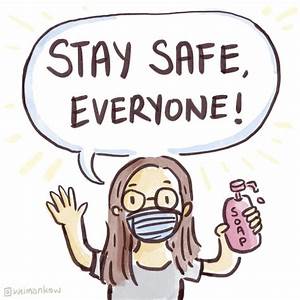(Portland, OR) — Governor Kate Brown issued the following statement today, following yesterday’s meeting of the Healthy Schools Reopening Council:
“As COVID-19 continues to spread across Oregon, it has become clear that school this fall will not look like a normal year. Many, if not most Oregon students are in districts that will focus on online distance learning or have a hybrid model of some online education and some in-person classroom time.
“I am pushing school officials to make sure underserved and marginalized students––our kids of color and our low-income kids––get the support and opportunities they need. We cannot allow our response to this pandemic to increase racial disparities in educational outcomes.
“Whether or not kids are in school buildings this fall, we must provide the very best possible education for every single Oregon student, while ensuring that the school experience is as safe as possible for everyone: students, educators, support staff, parents, and the community at large.”
Members of the council received an update on public health COVID-19 metrics from representatives of the Oregon Health Authority. Acknowledging that variations exist in COVID-19 spread county-by-county, council members began consideration of what specific metrics should guide local decisions about when and whether to shift from in-person to remote instruction during the school year.
They also discussed the specific needs for those students who do enter school buildings and the educators who serve them, including how to implement health and safety measures to limit the spread of the disease, such as the use of face coverings for students, how many students should be in a classroom at one time, and strategies for transportation with school bus capacity limited by physical distancing.
In addition, the council discussed expanded training and support for educators, ensuring all students have ways to access learning and critical support services under hybrid and comprehensive distance learning models, and providing more flexibility for a longer school year.
Student representatives on the council offered compelling examples of the ways schools and educators are vital to student mental health and well-being, and the difficulty of maintaining those connections and support when school buildings are closed.


